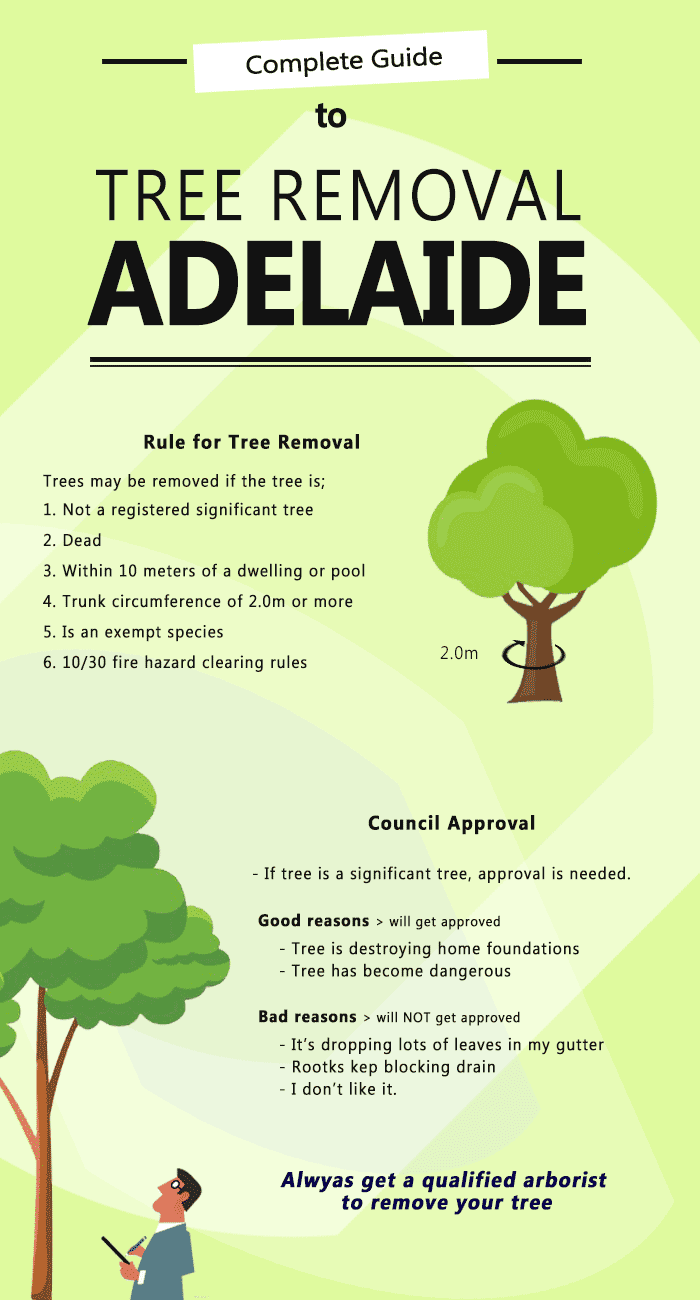Trees include appeal and value to property, but they can likewise pose a danger during extreme weather condition events. If a tree has quit growing, is exhibiting visible fungal development, or has a leaning trunk, it ought to be gotten rid of by a professional to stay clear of building damage and injury.
To read more, go to property manager maintenance -hosted by HPD, the Center for New York City Neighborhoods, and Brooklyn-based housing partners this evening in Bedford-Stuyvesant. The occasion will feature the House owner Manual, a brand-new guide to help home owners navigate the responsibilities of possessing a home.
1. Dead or Dying Branches
Trees are an integral part of your home's landscape, supplying shade and appeal. They likewise provide shelter for wild animals and create oxygen, however also healthy trees can experience health issue that may require their elimination. Dead or passing away trees aren't simply unsightly, they can be dangerous. Their branches can drop throughout a storm, causing expensive home damages and injuries.
When a tree's branches begin to pass away, it means that its structure is beginning to break down. If most of its branches are dead, it is likely time to remove it.
Search for an absence of brand-new growth, bark peeling, open wounds or tooth cavities, fungi growing on the trunk or roots and a general look of degeneration in the whole canopy. These indications of infection can indicate a severe trouble that will call for specialist tree solutions to fix.
2. Leaning Trunk
While it's normal for trees to lean from time to time due to phototropism, if a tree has a dangerous or extreme lean that's not due to natural processes - it could be a sign that the tree needs to be gotten rid of. If the tree is leaning toward a power line, home, automobile, play structure or any other area that could be unsafe to people if it falls, after that getting in touch with an expert tree solution for removal should be a top priority.
It's also essential to look for any sudden changes in a tree's leaning as it can suggest damage to the origins or trunk that might bring about dropping. This is specifically true throughout stormy weather, because high winds and rain-soaked dirt can cause a lean to alter rapidly. Normal monitoring, specifically throughout and after storms can help home owners identify prospective troubles with their trees so they can call an arborist for an extensive assessment.
3. Parasite Infestation
Some pest infestations, such as wood-boring pests like emerald ash borer or sap-suckers like range pests, are so serious that they can trigger a tree to die. The best means to avoid pest invasion is to check your trees often. Look for places, openings, or stainings in the leaves and bark. Take a look at the trunk for splits and signs of insect damages, such as tunnels or tracks.
If https://how-to-remove-stumps06273.yomoblog.com/35606266/safeguarding-your-landscape-replanting-after-tree-removal ends up being also plagued with bugs, or is close to a home or high-voltage line, an arborist may advise removal. If a leaning tree develops a new, unsteady lean, an arborist will likely recommend removal also to make sure the security of individuals and home. If a damaged or dead tree continually sheds excessive branches, it is a sign that it is time to get rid of the tree. If a tree remains to shed branches for an extensive amount of time, it could lead to architectural issues and possible home damage.
4. Harmed Trunk
Trees are a lovely and vital part of our landscape, yet they do need regular care to keep them healthy and balanced and risk-free. If a tree is damaged beyond repair it is likely time for it to find down.
Seek indicators of damages to the trunk, including upright splits, seams, dead branch stubs, visible wounds or open cavities and serious tree-rot. The visibility of fungis at the base of the trunk is another alerting indicator. Fungis might show that the phloem and xylem (life-support tissues) are endangered, enabling the spread of condition or a future failure.
Additionally, think about whether the tree has stopped expanding. https://www.montana.edu/news/19681/msu-student-seeks-to-create-more-equitable-environments-through-landscape-architecture and balanced trees will have new growth annually, which might show up as buds or branches sprouting and prolonging. If you do not see any new development, it's an excellent idea to have an arborist review the tree and follow their recommendation for removal. A dying or harmed tree can drop and create residential property damages.
